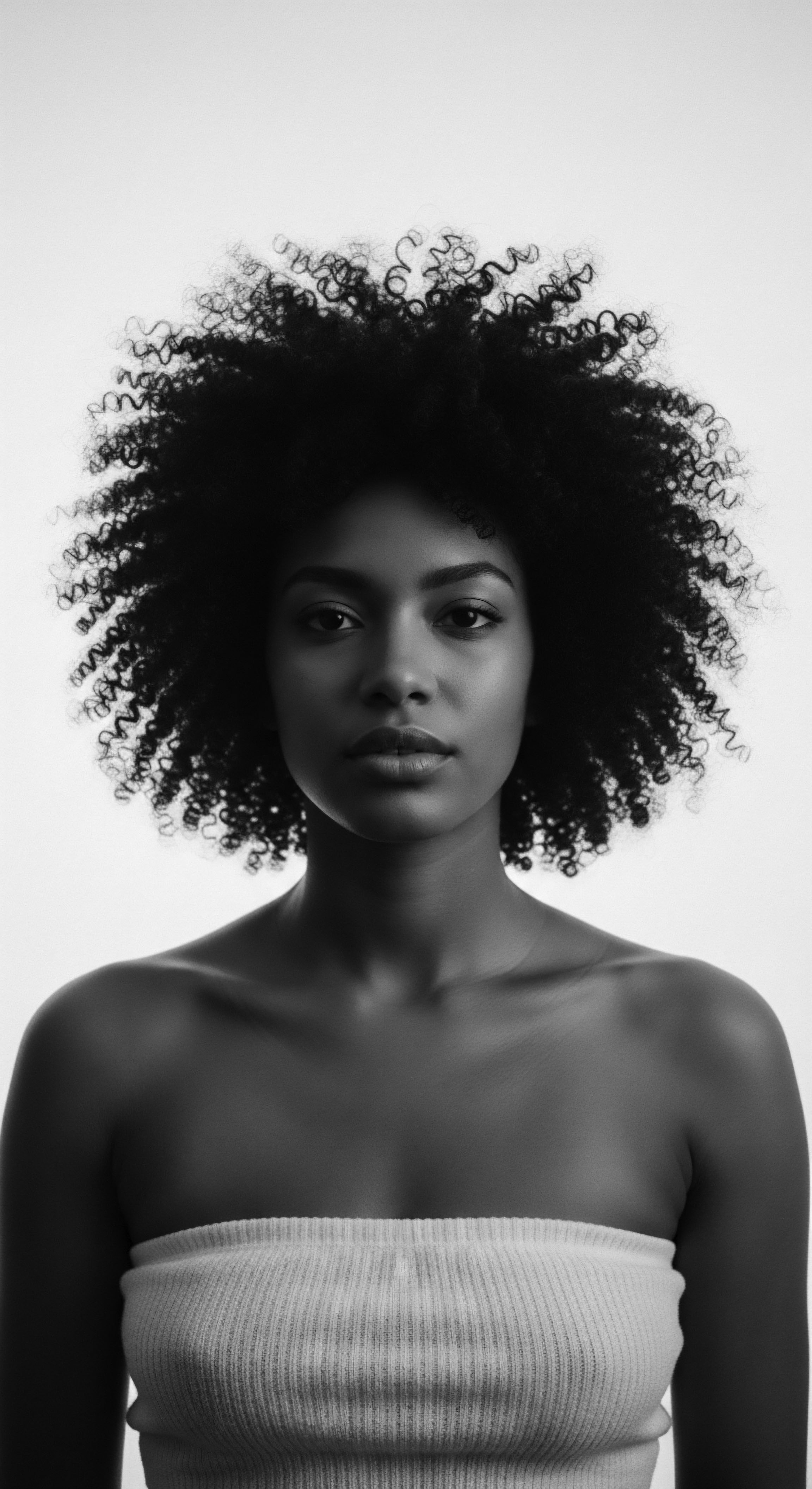
Fundamentals
The conversation surrounding our textured hair, its history, and its journey of care truly begins with a foundational consideration ❉ the Hair Moisture Needs. This term, at its simplest reading, points to the inherent requirement of hair fibers to hold water. It denotes the necessary equilibrium of hydration within each strand, allowing it to maintain its flexibility, strength, and overall vitality.
Without a precise recognition of this elemental demand, hair, particularly those spirals, coils, and waves that mark so many of our lineages, struggles. The very Structure of Hair, particularly the outermost cuticle layer, determines how readily moisture can enter and, perhaps more critically, how long it can stay within the cortex, the core of the strand.
Across generations, our ancestors, keenly attuned to the rhythms of the earth and the whispers of their own bodies, understood this intrinsic thirst of hair. They cultivated practices that intuitively addressed it, long before modern science articulated the precise molecular explanations. The fundamental meaning of hair moisture speaks to both a physiological reality and a historical truth ❉ our hair, like all living things, craves water for its well-being. This recognition shaped everything from daily grooming habits to ceremonial preparations, acknowledging that hair is more than adornment; it is a living extension of self, a conduit of cultural memory.
Hair Moisture Needs describe the essential hydration equilibrium within hair fibers, crucial for maintaining their health and resilience, a concept deeply understood by ancestral traditions.
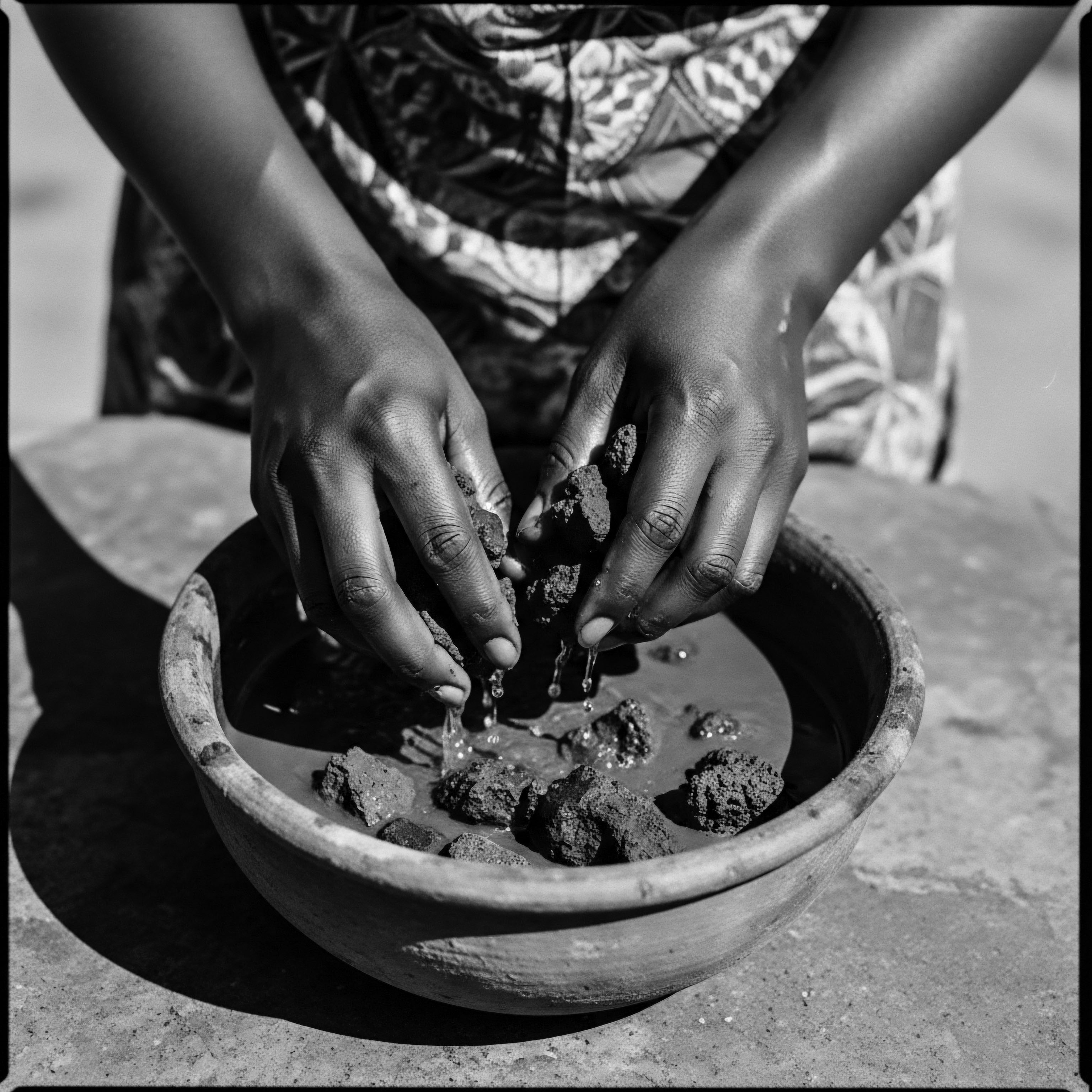
Elemental Foundations of Hair Hydration
To grasp the fundamental meaning of hair moisture demands, one must appreciate the basic architecture of a hair strand. Each individual hair emerges from a follicle, rooted in the scalp, and comprises two primary parts ❉ the shaft and the root. The visible portion, the shaft, is composed primarily of keratin, a fibrous protein.
This keratin is organized into three layers ❉ the medulla (the innermost core, often absent in finer hairs), the cortex (the middle layer, providing strength and elasticity), and the cuticle (the outermost protective layer). The cuticle, a layer of overlapping scales, much like shingles on a roof, serves as the first line of defense against moisture loss and external aggressors.
The cortex, housing the majority of the hair’s mass and its water content, thrives when appropriately hydrated. Water molecules bind to the keratin proteins within the cortex, lending pliability and preventing brittleness. When hair lacks sufficient moisture, these keratin bonds become rigid, and the cuticle scales can lift, creating friction and increasing susceptibility to damage.
This understanding forms the very bedrock of why hydration is not merely a cosmetic concern, but a structural necessity for healthy hair. Ancestral knowledge, often passed down through generations, implicitly recognized this architectural need, crafting remedies that sought to protect the cuticle and nourish the cortex.
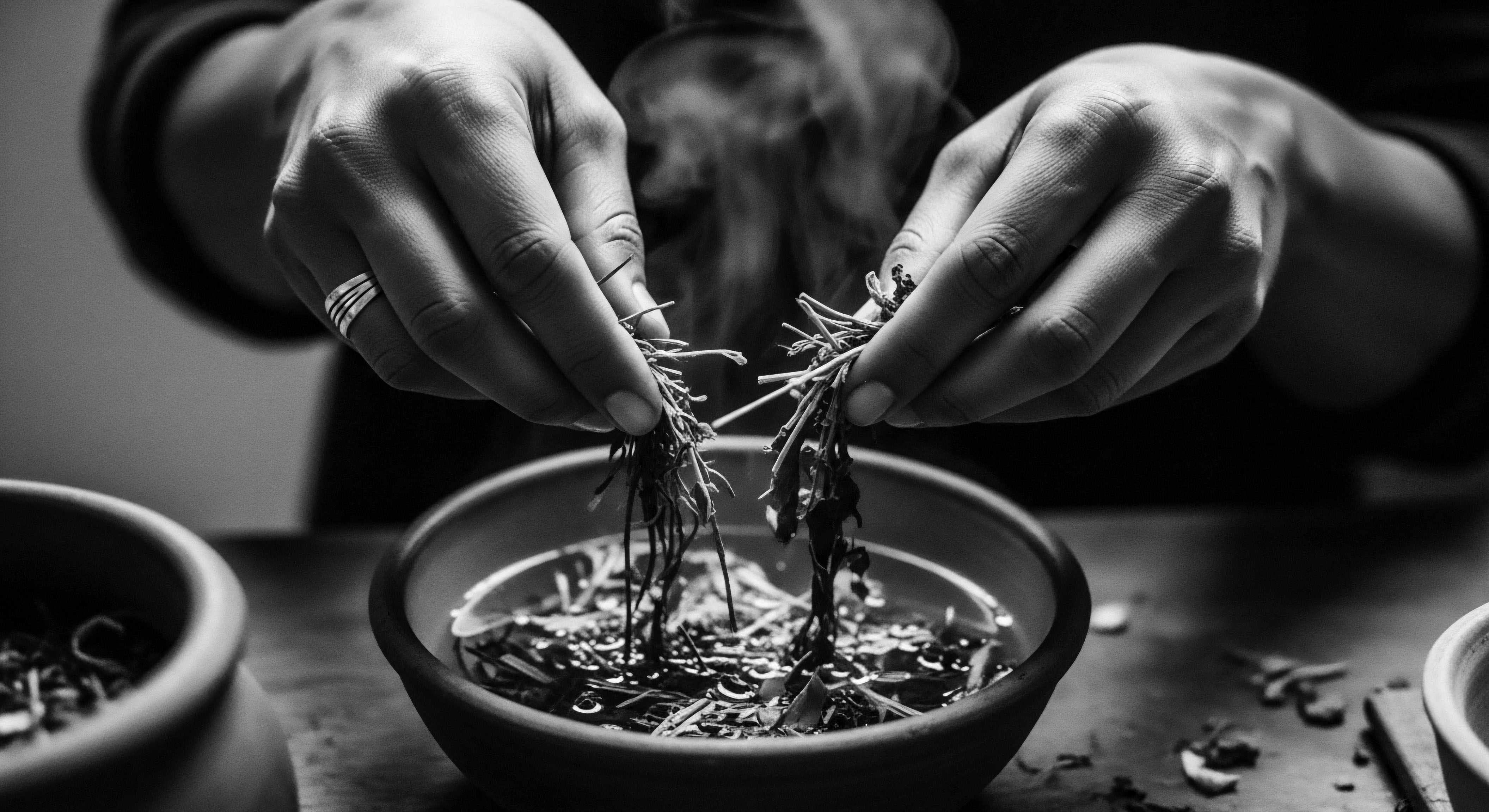
Early Acknowledgments of Hair’s Thirst
Centuries before laboratories meticulously dissected hair strands to reveal their microscopic components, diverse communities around the globe developed sophisticated methods to tend to their hair’s hydration. From the sun-drenched landscapes of the African continent to the humid forests of the Caribbean, people discerned the signs of dehydrated hair ❉ a coarse touch, a tendency to break, a lack of vibrancy. This communal observation led to the creation of potent elixirs and deliberate rituals. The interpretation of hair moisture needs, in these historical contexts, was not a scientific theory but an embodied wisdom, passed from elder to child, from hand to hand.
Consider the early uses of natural fats and oils. In many African societies, the application of plant-derived oils, such as those from the shea tree or the baobab, served a dual purpose ❉ to soften the hair and to create a protective seal against environmental elements. These materials, harvested with reverence from the land, offered a tangible solution to hair’s need for moisture, preventing the rapid evaporation of water from the hair shaft in challenging climates.
This practice illustrates an ancient understanding of moisture retention, long before the terms “occlusive” or “emollient” entered a lexicon of modern chemistry. The traditional designation of these substances as sacred or medicinal speaks volumes about the depth of their perceived efficacy and their central role in hair health and beauty.
Beyond oils, fermented grains and various plant extracts were employed to cleanse without stripping, providing a gentle approach to hair care that preserved its inherent moisture. The practice of co-washing, washing hair with conditioning agents rather than harsh soaps, finds echoes in many ancestral traditions that prioritized softness and pliability over aggressive cleansing. This historical context provides an important clarification ❉ the idea of hair moisture needs is not a recent discovery; rather, it is a timeless principle, continuously reinterpreted and re-affirmed across human experiences.
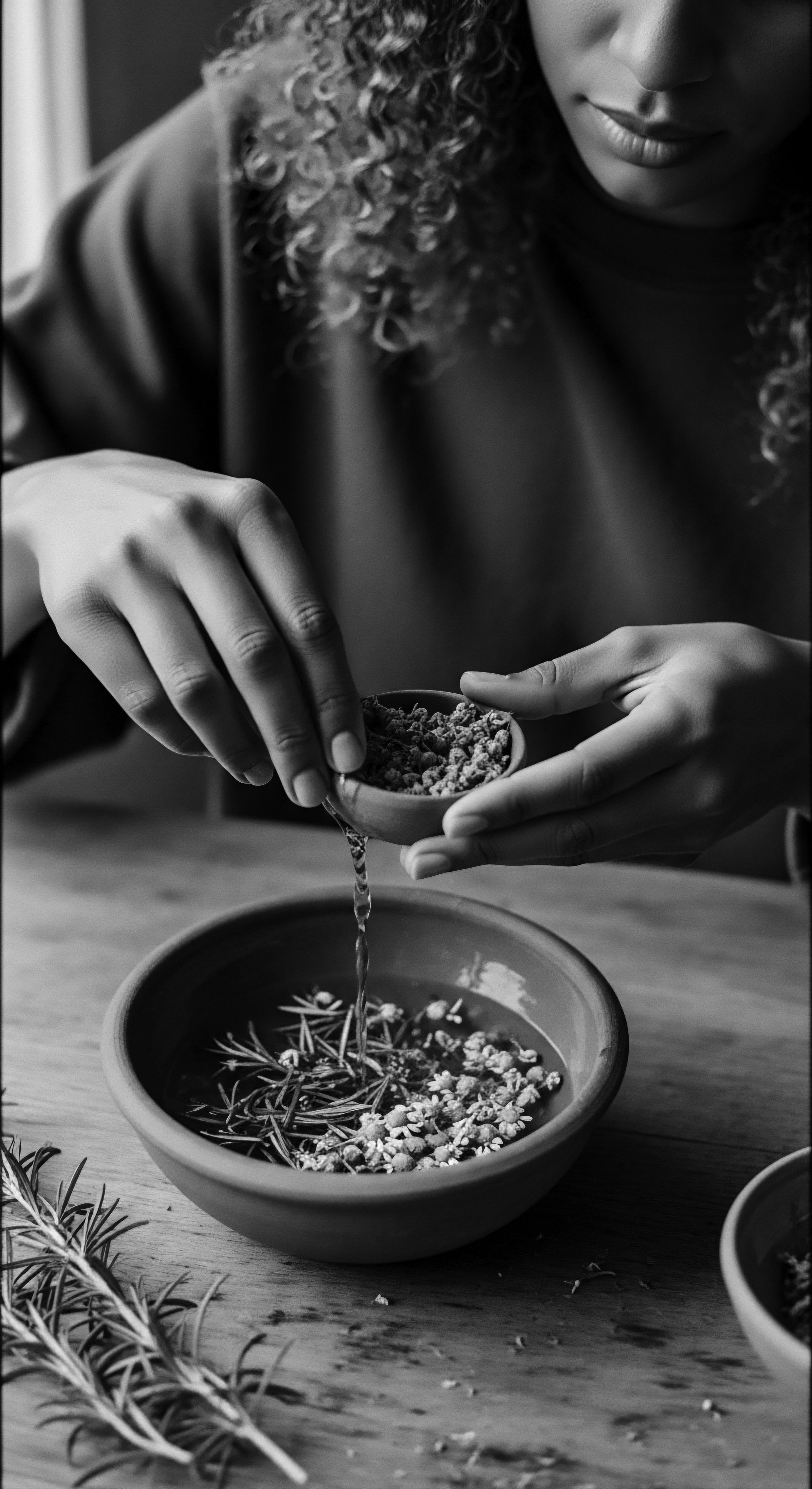
Intermediate
Moving beyond the foundational understanding, the intermediate interpretation of Hair Moisture Needs begins to explore the specific characteristics of textured hair that heighten its requirement for hydration. The unique spiraling and coiling patterns inherent to Black and mixed-race hair present a distinct set of challenges and opportunities when it comes to moisture. These intricate formations, while breathtaking in their diversity and sculptural beauty, mean that the natural sebum produced by the scalp struggles to travel effectively down the length of the hair strand. This mechanical reality leaves the mid-shaft and ends of coily and kinky hair particularly vulnerable to dryness, making the replenishment and retention of moisture paramount.
The meaning of moisture needs for textured hair encompasses not simply the presence of water, but also the presence of emollients and occlusives that aid in sealing it in. The cuticle layer of textured hair often possesses more lifted scales, or is more prone to lifting, which allows moisture to escape more readily. This inherent difference is not a flaw, but a characteristic that requires specific care strategies. Understanding this aspect allows for a more targeted approach to hair care, moving from a general recognition of moisture to a nuanced appreciation of its delivery and containment for hair that bends and coils with such exquisite intricacy.
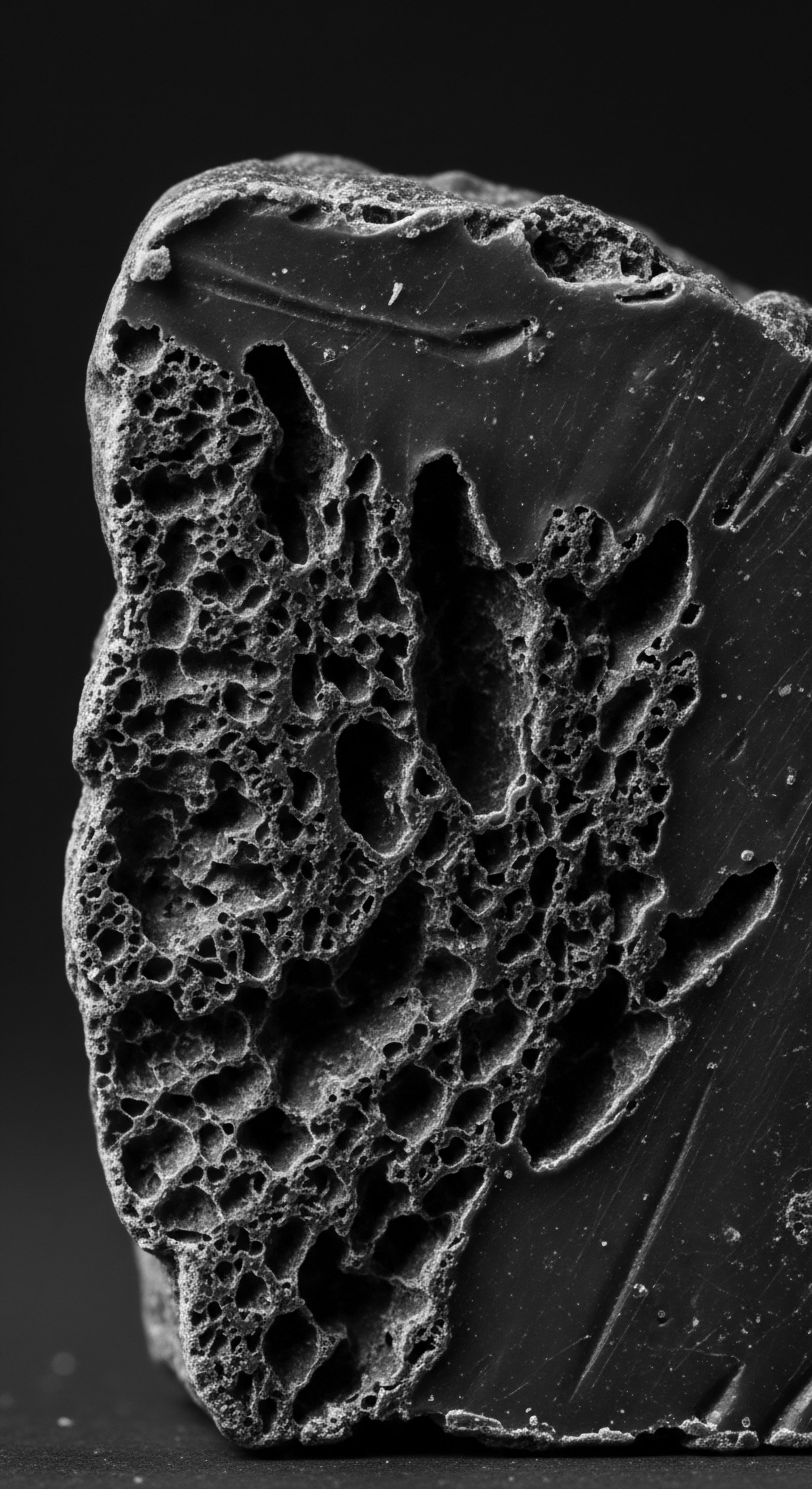
The Anatomy of Textured Hair and Hydration Flow
The structural anatomy of textured hair directly influences its interaction with water. Unlike straight hair, which allows sebum to glide smoothly down the shaft, the twists and turns of coily and kinky strands create natural impediments. This means that natural oils, vital for conditioning and protection, often accumulate at the scalp while the lengths remain drier.
The very definition of hair moisture needs, for textured hair, must account for this uneven distribution of natural lubricants. This unique characteristic underscores why external methods of hydration and sealing become indispensable.
- Hair Shape ❉ The elliptical cross-section of many textured hair strands, in contrast to the rounder shape of straight hair, contributes to its curved and coiled growth pattern.
- Cuticle Integrity ❉ The cuticle layers on highly coiled hair may be more prone to lifting, creating spaces through which internal moisture can evaporate more quickly.
- Break Points ❉ The numerous bends and curves along the hair shaft act as points of weakness, making textured hair more susceptible to breakage if not adequately moisturized and lubricated.
The ancestral wisdom in many communities recognized this physical reality, crafting hair oils and creams that compensated for the natural sebum’s limited reach. They did not have the scientific terminology for “cuticle” or “sebum,” yet their practices demonstrated a clear empirical understanding of how to maintain the hair’s suppleness and prevent fracturing. This historical continuity provides a profound sense of how knowledge of hair’s inherent needs was cultivated and passed down.
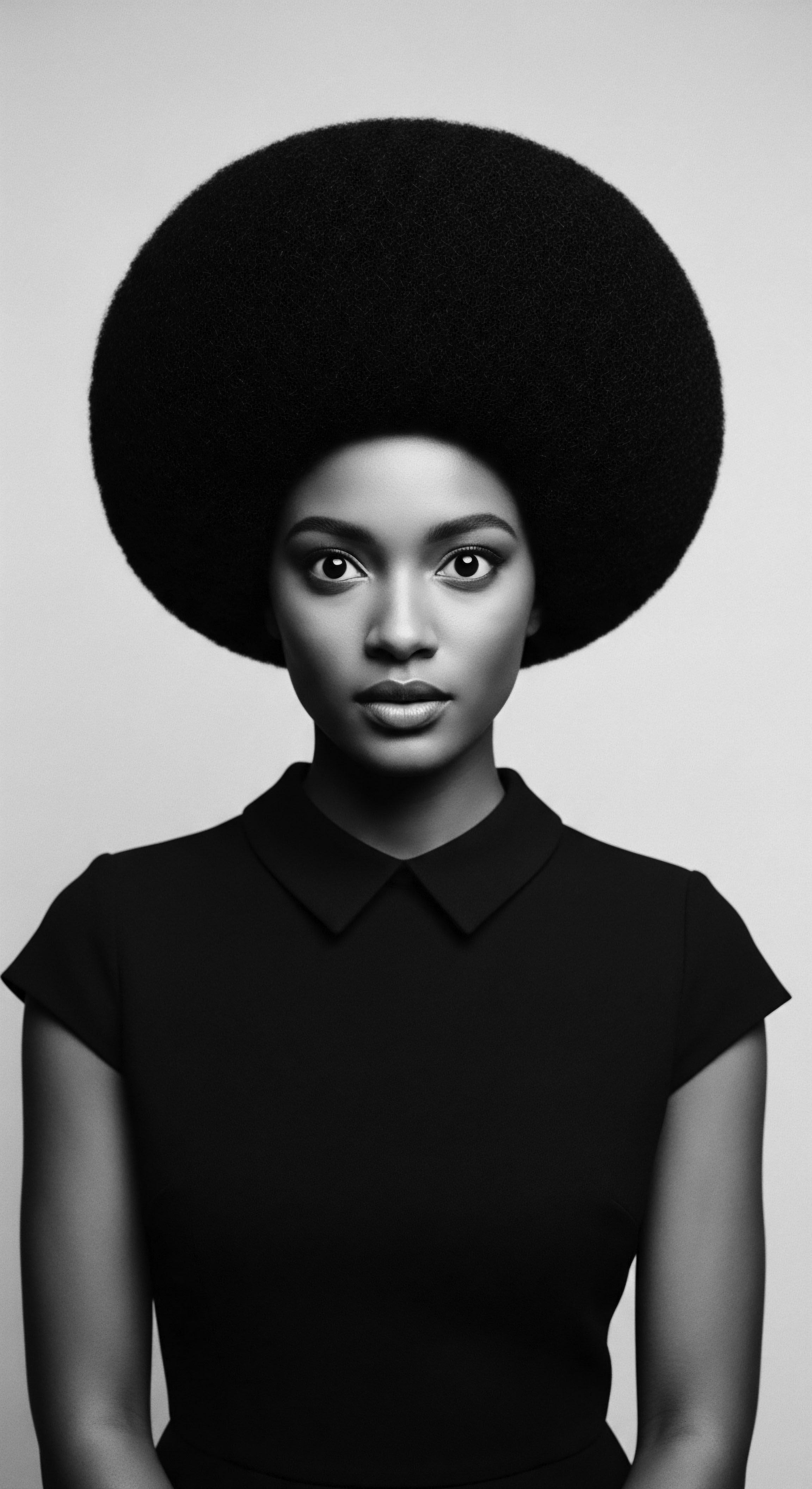
Traditional Modalities for Moisture Equilibrium
Across the diverse landscapes of the African diaspora, the traditional care for hair moisture needs developed into intricate and often communal practices. These were not mere routines; they were living expressions of cultural identity and familial bonds. The careful application of concoctions derived from local flora, the patient braiding and twisting of strands, and the communal gatherings around hair care served as powerful vehicles for moisture delivery and preservation. The significance of these rituals was deeply felt, extending beyond physical appearance to touch the very spirit of the community.
Consider the use of traditional hair oiling practices that often involved warm infusions of botanical ingredients. These treatments were not just about adding shine; they represented a thorough method of saturating the hair with lipids that sealed the cuticle and supported internal hydration. The ancestral act of warming oils over gentle flames before application, for instance, can be seen as an intuitive understanding of how slight heat helps in the penetration and even spread of these nourishing substances along the hair shaft. This process allowed the hair to drink in sustenance, retaining the elasticity necessary for its intricate patterns.
Ancestral hair care traditions for textured hair frequently involved the deliberate application of oils and botanicals to seal moisture and prevent breakage, reflecting a deep, practical understanding of hair’s specific hydration requirements.
Moreover, the widespread practice of Protective Styling, such as braids, twists, and coils, served as a brilliant method for preserving moisture. By tucking away the delicate ends and reducing exposure to environmental elements, these styles minimized evaporation and physical abrasion. This intelligent design, passed down through generations, is a testament to the ancestral understanding that hair needs an environment where its inherent hydration can be maintained. The interpretation of hair health within these contexts always revolved around the ability of hair to remain pliable and unbroken, clear indicators of its moisture content.
| Traditional Practice Oil Applications (e.g. Shea, Baobab, Palm) |
| Primary Mechanism for Moisture Occlusive barrier formation, emollients sealing hydration within the strand, reducing evaporation. |
| Cultural Context / Significance Often involved communal rituals; oils held spiritual or medicinal importance, connecting individuals to their land and lineage. |
| Traditional Practice Protective Styling (Braids, Twists, Coils) |
| Primary Mechanism for Moisture Minimizing environmental exposure and mechanical manipulation, preserving moisture within structured styles. |
| Cultural Context / Significance Marks of identity, status, marital standing; served as social bonding activities and expressions of communal artistry. |
| Traditional Practice Herbal Infusions / Washes |
| Primary Mechanism for Moisture Gentle cleansing and conditioning, providing humectant properties or pH balance to prevent stripping of natural oils. |
| Cultural Context / Significance Connected to local medicinal plant knowledge, rites of passage, and ongoing health maintenance. |
| Traditional Practice These traditional methods, rooted in generations of experience, demonstrate an intuitive and profound appreciation for hair's moisture requirements. |
These practices, though often seen as simple “beauty routines,” were in truth sophisticated systems of care. They represent a complex knowledge system, wherein communities developed effective responses to the inherent challenges of maintaining hair health in diverse climates and circumstances. The underlying sense that permeated these practices was one of deep respect for the hair’s unique nature, a legacy that continues to inform modern approaches to textured hair care and its moisture needs.
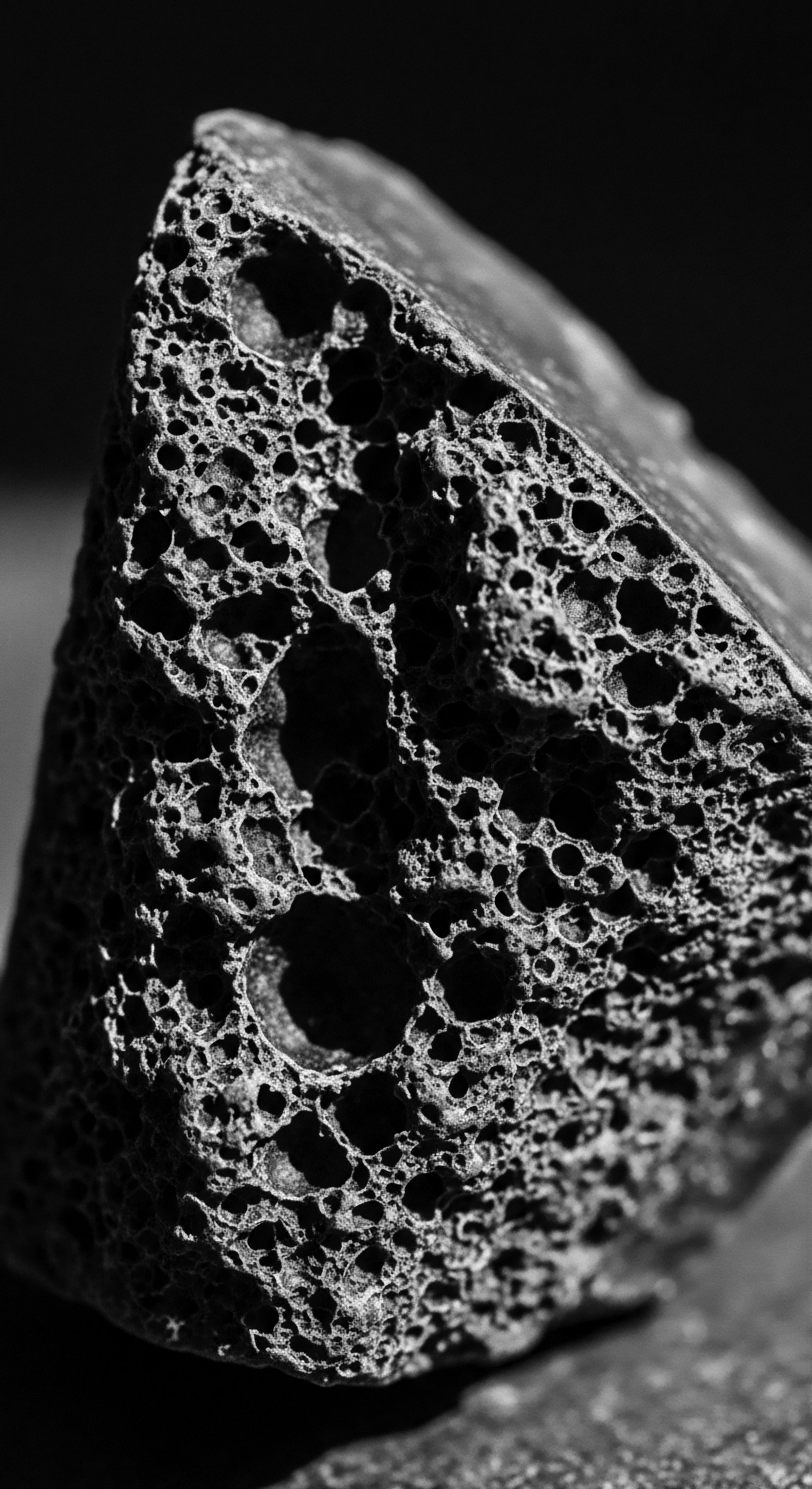
Academic
The academic elucidation of Hair Moisture Needs transcends a mere superficial definition, seeking instead a comprehensive explication of its biological, environmental, and socio-cultural dimensions, particularly as they intersect with the unique physiology of textured hair and the profound heritage of Black and mixed-race communities. This rigorous examination compels us to consider how hair’s hygroscopic nature—its innate ability to absorb and release water from its surroundings—is fundamentally shaped by its intricate architecture, and how this interaction dictates its structural integrity and aesthetic expression. The inherent curl patterns of textured hair, characterized by their elliptical cross-sections and frequent points of torsion, present elevated challenges for cuticle adherence and uniform moisture distribution, creating a distinct porosity landscape that necessitates specific hydration strategies. Our scholarly inquiry into hair moisture requirements, therefore, positions itself at the nexus of biochemical understanding and historical anthropology, analyzing not only the ‘what’ of hydration but the ‘why’ and ‘how’ as informed by centuries of lived experience.
The meaning of Hair Moisture Needs, from an academic perspective, is a dynamic interplay of intrinsic hair properties (like porosity and elasticity), extrinsic environmental factors (humidity, temperature), and the profound impact of care practices. When hair is adequately moisturized, its keratin structure remains pliable, enabling it to resist mechanical stress and environmental assault. Dehydration, conversely, leads to a rigidification of the protein matrix, making the hair brittle, susceptible to friction, and prone to breakage along the points of curvature.
This biological reality has, through the annals of time, profoundly shaped cultural expressions of hair care, with communities developing adaptive strategies to preserve hair vitality in varied climates and social conditions. These adaptations represent a sophisticated, empirically derived understanding of hair science, predating formal laboratories by millennia, yet consistently validated by modern research into lipid barriers, humectancy, and protein integrity.
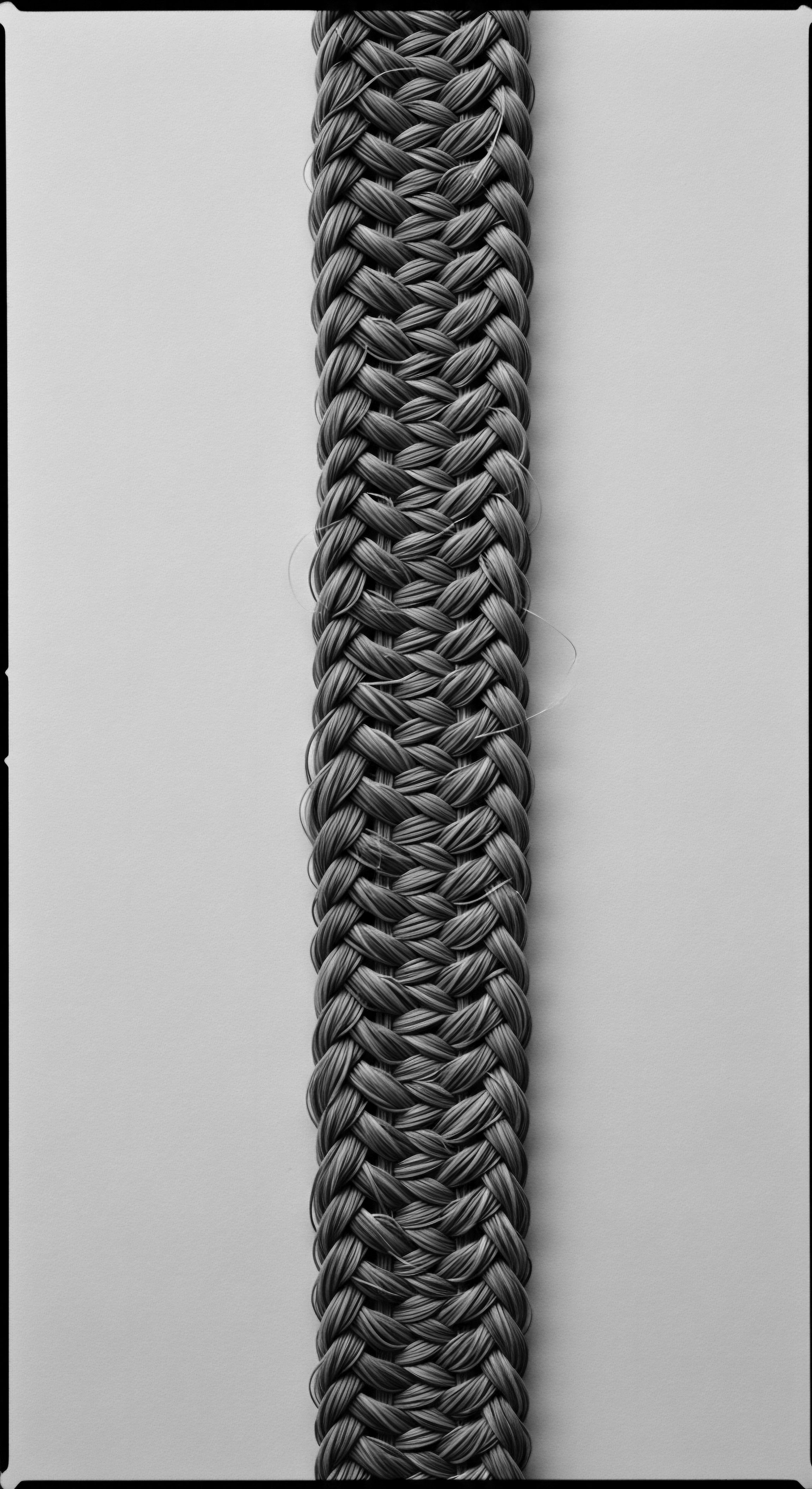
The Biophysics of Hydration in Textured Hair
Delving into the biophysical underpinnings of hair moisture needs for textured strands reveals a complex interaction between water molecules and the keratinized cellular matrix. The cortex, the primary water-holding component of the hair, contains hydrophilic sites that readily attract and bind water. However, the unique coiling of Afro-textured hair necessitates that water molecules navigate a tortuous path, and the inherent structural variations—including an often more open or raised cuticle layer—facilitate both faster absorption and more rapid desiccation. This increased permeability, while allowing for quicker hydration, also presents a vulnerability to evaporative loss, especially in arid or low-humidity environments.
Research into hair science underscores that the elasticity of hair, its capacity to stretch and return to its original state, is directly correlated with its moisture content. Properly hydrated hair exhibits higher tensile strength and a greater ability to withstand the forces of combing, styling, and environmental exposure. Conversely, moisture-depleted hair loses this elasticity, becoming stiff and more prone to fracture.
The delineation of optimal moisture levels, therefore, is not merely about aesthetic appeal; it is a critical determinant of hair health, longevity, and its ability to withstand the manipulations inherent in daily care. The explication of these biophysical principles grounds our appreciation of ancestral practices, revealing their scientific efficacy.
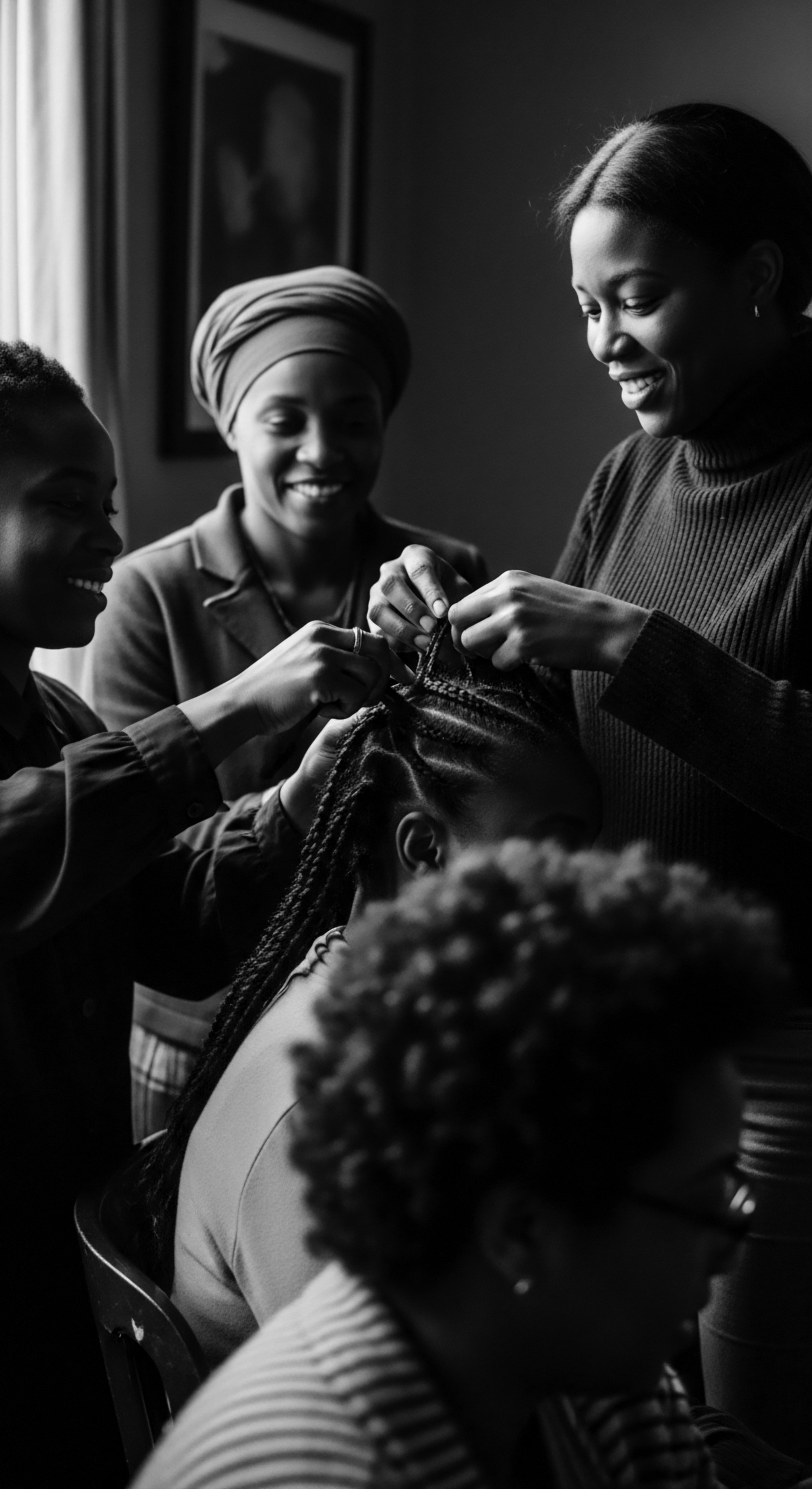
Ancestral Ingenuity ❉ The Basara Women’s Chebe Practice
A compelling historical example that powerfully illustrates the nuanced meaning of Hair Moisture Needs, particularly in the context of textured hair heritage, comes from the Basara Arab women of Chad. For centuries, these women, living in an often unforgiving, dry climate, have cultivated remarkably long, resilient hair through a specific, ancestral practice centered around the application of Chebe Powder. This tradition stands as a potent testament to sophisticated indigenous knowledge systems, demonstrating an extraordinary understanding of moisture retention long before the advent of modern cosmetic chemistry (Sevich, 2025).
The Chebe ritual involves a meticulously prepared blend of natural herbs and seeds, including Croton zambesicus, mahleb, missic resin, and cloves, which are roasted, ground, and mixed with natural oils or butters to create a paste (Dara Bodyworks, 2025). This paste is then applied to the hair lengths—never the scalp—and often sealed into protective styles like braids or twists, sometimes remaining on the hair for days or even weeks (Omez Beauty Products, 2024). The women do not wash it out completely, but rather reapply it, a practice that fosters a continuous protective coating. This method does not accelerate hair growth from the scalp; its profound significance lies in its capacity to prevent breakage and thereby enable the retention of existing length, a direct consequence of its moisture-sealing properties.
The Basara women’s Chebe tradition offers a powerful, historical precedent for understanding hair moisture needs, emphasizing protective coatings and practices that prevent moisture loss and reduce breakage in textured hair.
This case study highlights several critical aspects of Hair Moisture Needs through a heritage lens ❉
- Environmental Adaptation ❉ The genesis of the Chebe practice is deeply rooted in the arid Chadian climate, which naturally strips hair of moisture. The women developed a direct, effective countermeasure, a clear demonstration of human ingenuity in response to environmental demands.
- Moisture Sealing Mechanism ❉ Modern scientific analysis confirms that Chebe powder acts as a powerful sealant. It coats the hair shaft, creating a semi-permeable barrier that traps hydration within the hair strand, significantly reducing water loss through evaporation (Sevich, 2025). This protective film also strengthens the hair cuticle and improves elasticity, rendering the hair less prone to fracture.
- Length Retention ❉ The remarkable length achieved by Basara women’s hair is not due to accelerated growth, but rather the sustained prevention of breakage. By maintaining continuous hydration and strengthening the hair, Chebe allows the hair to reach its full genetic length potential. This redefines the meaning of “growth” in textured hair conversations, shifting the emphasis from speed of emergence to durability of retention.
- Holistic Care System ❉ The Chebe practice extends beyond a single ingredient. It is a comprehensive system that includes the specific application method, the integration with protective styling, and a deep understanding of consistency. This embodies a holistic approach to hair care, where individual ingredients are part of a larger, interwoven ritual.
- Cultural Preservation ❉ The Chebe tradition is not merely a cosmetic routine; it is a vital aspect of Basara Arab women’s identity, passed down through generations. It fosters community bonding, embodies cultural principles, and serves as a symbol of pride, beauty, and vitality (Sevich, 2025). The continuation of this practice speaks to the enduring cultural significance of hair care in expressing heritage.
The enduring success of the Chebe tradition provides compelling evidence that ancestral knowledge about hair moisture needs is profoundly rooted in empirical observation and effective problem-solving. It demonstrates that deep understanding of hair’s requirements was cultivated not through academic texts, but through generations of lived experience, careful observation, and the meticulous passing down of effective methods. The specific explanation and historical precedence offered by the Basara women’s Chebe practice offer a robust illustration of how ancestral wisdom directly addressed, and continues to address, the critical importance of moisture for textured hair.

The Interconnectedness of Hair Moisture, Health, and Identity
From an academic vantage point, the Hair Moisture Needs of textured hair are intrinsically linked to broader discussions of health, self-perception, and socio-cultural identity. The historical marginalization of natural Black hair, often deemed “unprofessional” or “unruly” under Eurocentric beauty standards, frequently pushed individuals toward chemical treatments that irrevocably altered hair texture and often compromised its natural moisture balance. These historical pressures underscore that the pursuit of optimal hair moisture was not merely a personal preference but a quiet act of defiance, a way to maintain hair integrity despite societal pressures.
Contemporary research in fields such as Black feminist theory and critical race studies highlights how hair care practices, including those focused on moisture, are often sites of agency and cultural reclamation (Banks, 2000). The current resurgence of interest in natural hair, and with it, a renewed focus on moisture retention techniques, represents a collective movement towards embracing ancestral hair types and the care practices that honor them. This shift is a profound act of self-acceptance and a recognition of the inherent beauty and strength of textured hair when adequately hydrated and celebrated. The continuing scholarly examination of Hair Moisture Needs must therefore consider these profound social and psychological dimensions, moving beyond isolated biological explanations to acknowledge the complex, interwoven human experience.
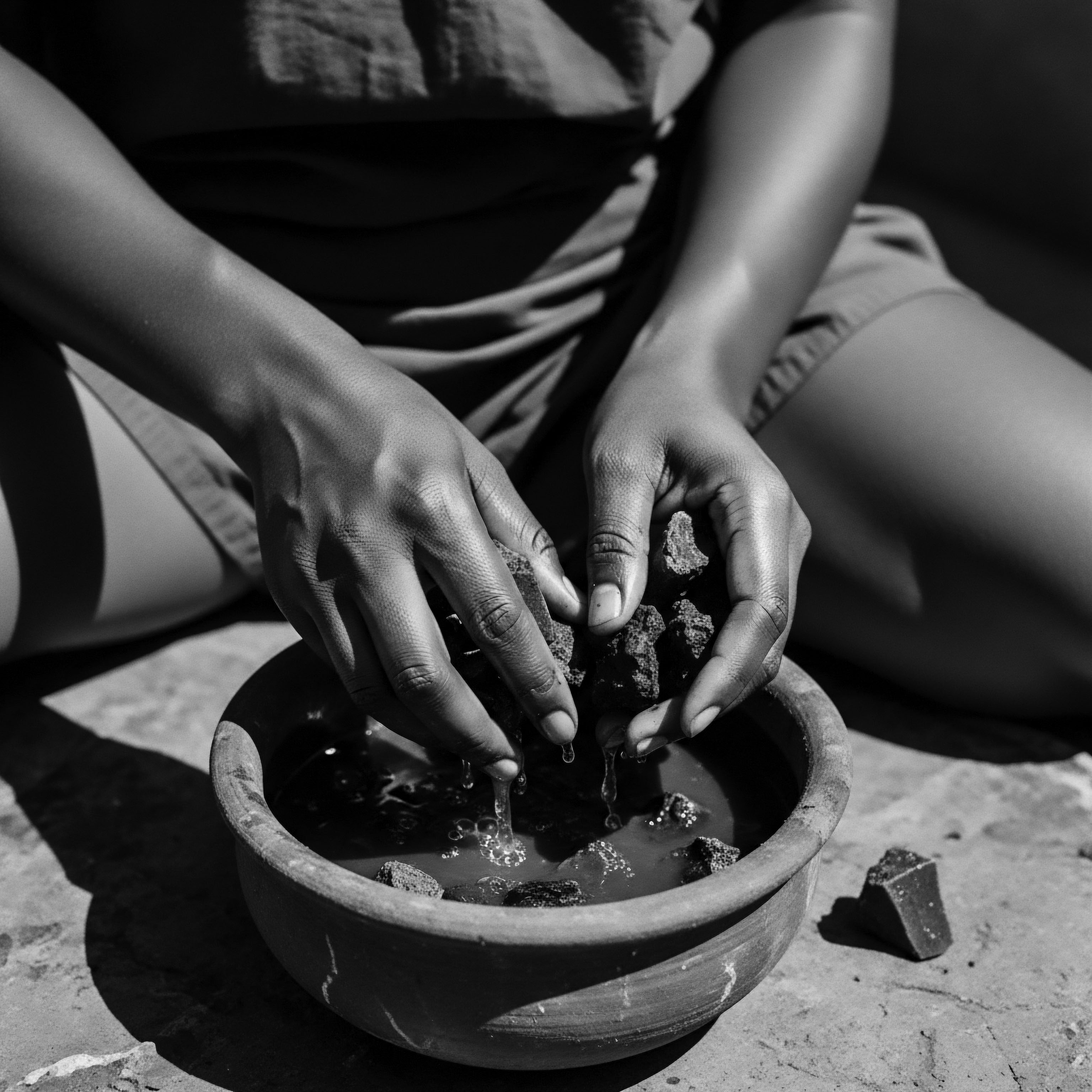
Reflection on the Heritage of Hair Moisture Needs
As we draw our exploration of Hair Moisture Needs to a gentle close, we reflect upon a legacy that transcends mere biological necessity. The journey from the elemental call for water within each hair strand to the intricate, communal practices of ancestral care, and onward to its contemporary validation through scientific inquiry, speaks to a timeless wisdom. The very essence of Hair Moisture Needs, especially for textured hair, is a story woven into the collective memory of Black and mixed-race communities. It is a testament to resilience, adaptation, and an enduring connection to traditions that safeguarded hair’s vibrancy through generations.
Consider the hands that carefully applied oils, the patient fingers that braided and twisted, each movement a silent prayer for health and protection against arid winds or harsh societal gazes. This profound sense of care, passed down through the maternal lines, reveals that understanding hair moisture was never a cold, clinical pursuit. It was, and remains, an act of love, a means of preserving identity, and a continuous thread connecting past to present. The very definition of hair vitality, deeply rooted in ancestral understanding, hinged upon its pliability, its ability to bend without breaking—a clear indicator of sufficient moisture.
The Basara women’s Chebe tradition, a living archive of meticulous care, stands as a powerful reminder that the most profound insights often emerge from deep observation of the natural world and generations of communal experience. Their practices, honed over centuries, offer a guiding light, reminding us that true hair wellness involves respecting the hair’s unique structure and providing it with the precise care it craves. This legacy encourages us to listen to our hair, to honor its heritage, and to approach its care with a reverence that acknowledges its deep historical roots and its living significance in our daily lives. The ongoing journey of understanding Hair Moisture Needs is therefore not simply about product application; it is a sacred pilgrimage back to the source of our strength, our beauty, and our enduring identity.

References
- Banks, C. A. (2000). Hair Matters ❉ Beauty, Power, and Black Women’s Consciousness. New York University Press.
- Dara Bodyworks. (2025). How to Use Chebe Powder Like a Pro for Strong and Long Hair. Dara Bodyworks Blog .
- Omez Beauty Products. (2024). The History and Origins of Chebe Powder for Hair Care. Omez Beauty Products Blog .
- Sevich. (2025). The Cultural Background and History of Chebe Powder. Sevich Blog .
- Banks, C. A. (2000). Hair Matters ❉ Beauty, Power, and Black Women’s Consciousness. New York University Press.
- Byrd, A. D. & Tharps, L. L. (2014). Hair Story ❉ Untangling the Roots of Black Hair in America. St. Martin’s Press.
- Gore, M. (2012). The Science of Hair Care. CRC Press.
- Robins, M. (2011). The Historical and Cultural Significance of Hair in African American Communities. University of California Press.
- Rogers, G. E. (2006). The Biology of Hair. Springer.
